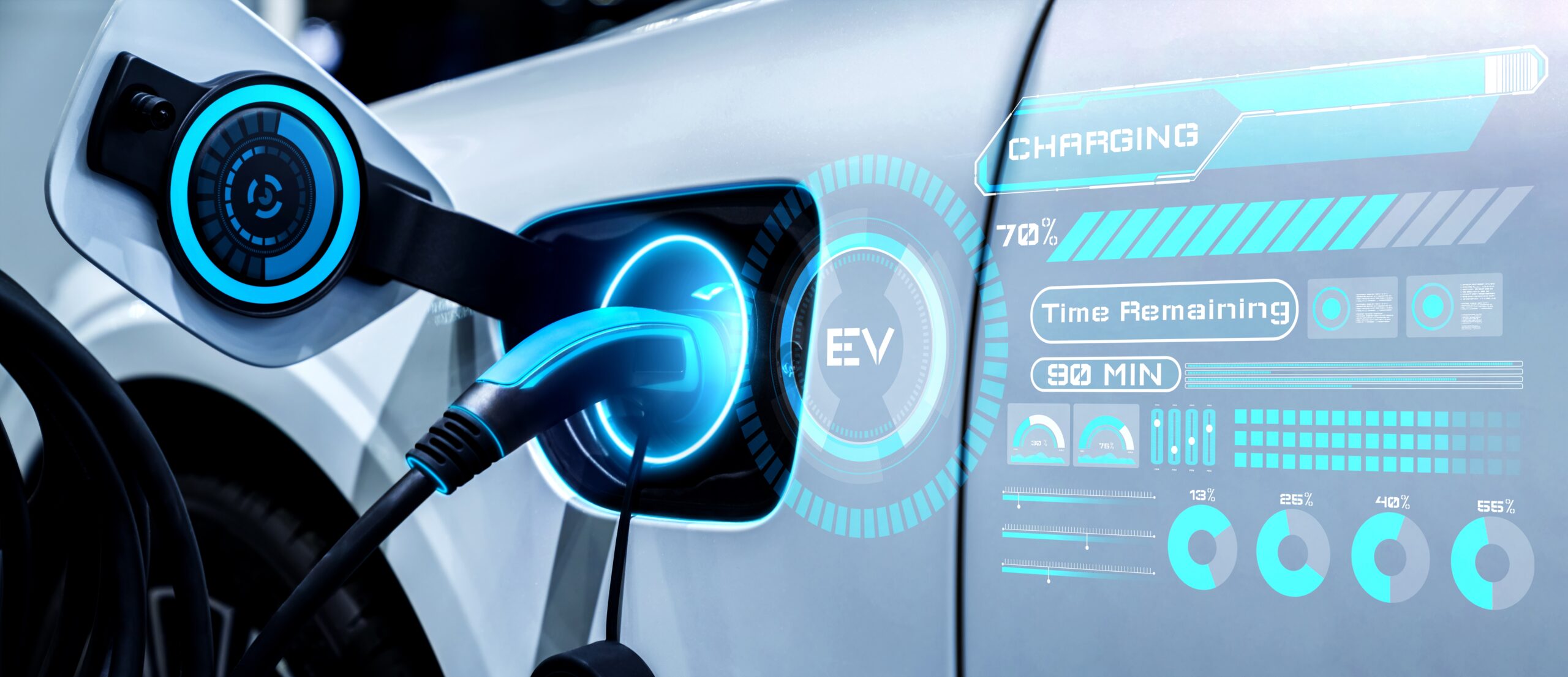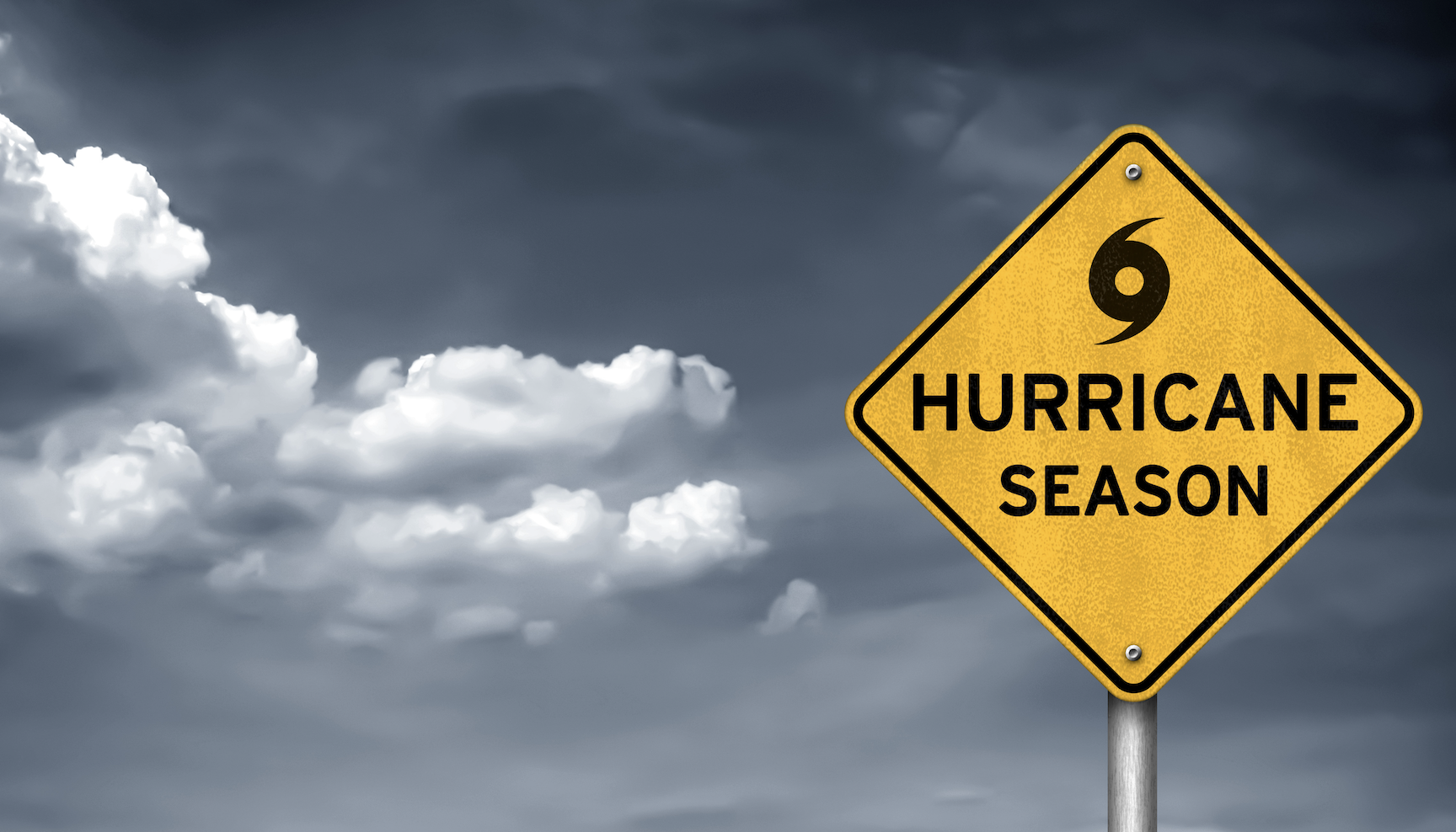Our thoughts are with those in the extreme heat, and we know that describing rising temperatures — coupled with wildfires and severe weather — as “disruptive” is an understatement. However, high temperatures point to the need for distributed energy resource (DER) orchestration to keep the grid stable and to help keep utility customers as comfortable as possible.

Concerto orchestrates DERs across entire utility grids and at a localized level, as needed. It provides control room operators, energy retailers and large C&I customers with the ability to monitor, control and optimize devices connected to and communicating with the utility’s network. Beyond demand response, Concerto leverages a variety of DER types to provide numerous grid services, from market operations to distribution optimization. A perhaps over-simplification of its ability, Concerto solutions ultimately work to increase the grid’s hosting capacity, which can provide it with an extra layer of protection during extreme temperatures.
North American demand response programs use it to curtail load or discharge generation capacity from behind-the-meter devices that have opted in to control programs during periods of grid strain, including the extreme temperatures faced at the start of the summer 2021 season.
Concerto’s all-call and non-all-call (capacity-based) demand response functionalities boost grid reliability – keeping the power on and keeping customers cool (and happy).
Utilities’ foremost task is to keep the electricity flowing, a challenge as more customers crank up the AC or move their electricity demand to offices and community centers where they can stay cool during periods of extreme heat. To help keep the lights on, grid operators in North America can rely on demand response events, which adjust HVAC set points, reduce large commercial and industrial process loads or call on customer-sited generation to reduce the strain that may otherwise threaten the grid’s reliability. Demand response programs typically compensate customers for any impacts the event might have had while helping to spare all with an outage or other disruptions; in some cases, the ?customer won’t even notice an event is taking place.
High electricity demand leads to high electricity prices, meaning demand response can help utilities and their customers save.
Economics 101 teaches us that higher demand results in a higher price, and while that’s true for energy prices generally, customers continue to seek to lower their utility bills. Demand response programs can then stack the value offered by Concerto in several ways.
- Traditional demand response programs can help utilities avoid turning on costly generation (“peaker plants”) to meet demand during periods of grid strain. Thus, calling a demand response event can help to reduce a utility’s cost-to-serve.
- Customers on time-of-use or other time-varying rates may also see a heatwave reflected in their utility bills. A growing number of residential and commercial and industrial customers are subject to “peak pricing,” or other prices correlated to the wholesale cost of electricity. In these instances, by curbing demand – often automatically – during a heat-spurred demand response event, customers can help to reduce their monthly electricity charges.<./li>
Keeping the lights on (and air conditioning, where applicable) and earning incentives for supporting grid reliability tends to lead to a happy, engaged utility customer base. Satisfied and engaged customers can result in higher Net Promoter or J.D. Power scores, which benefit the utility. Further, the value of demand response in a heatwave mirrors its value as a wildfire mitigation tool and during severe weather events year-round. As we look to the summer season ahead, by engaging and optimizing customer-sited DER effectively, we can all work to create a more reliable electricity grid.




